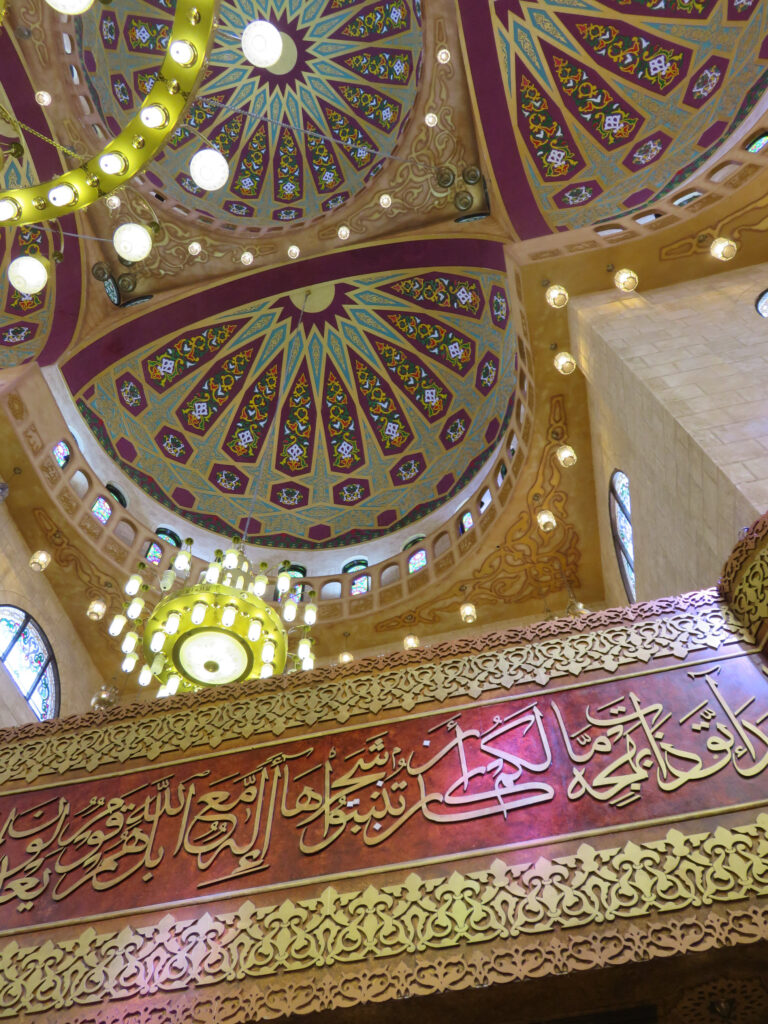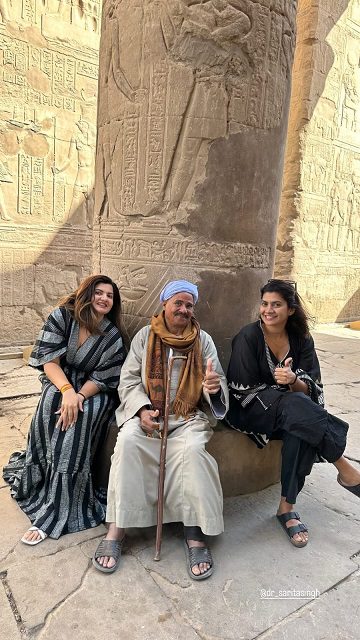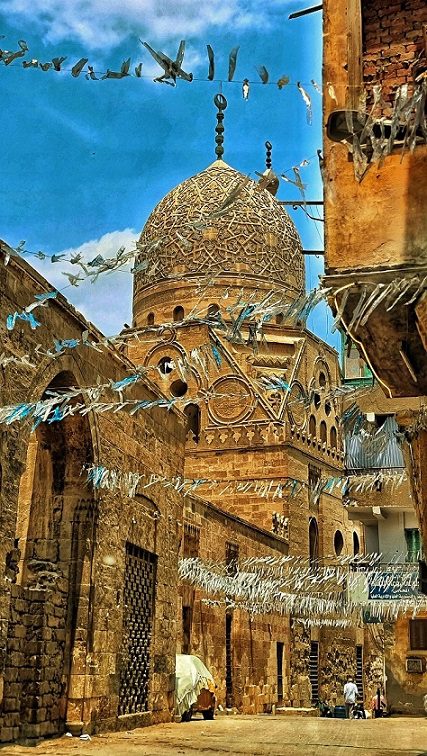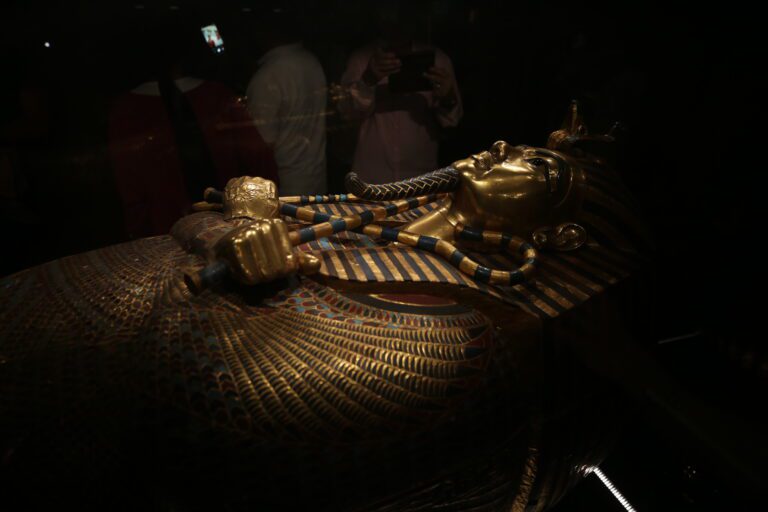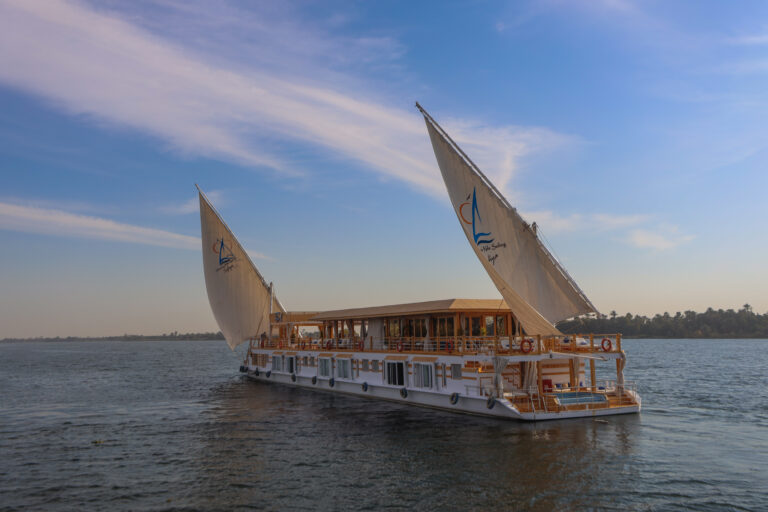Egyptologist, chief guide and CEO of Real Fayoum, Samir Abbass, introduces some of the ancient sites you can visit during our tours.
Dimieh el Sebaa
Dimieh el Sebaa is one of the less often visited, fascinating sites that you can explore with Real Fayoum.
This Greco-Roman city founded by Ptolemy II in the third century BC is on a site that shows evidence of habitation from the Neolithic period. In Ptolemaic times it was at the shore of Lake Moeris (now lake Qaroun), and the beginning of the caravan routes across Gebel Qatrani and the Western Desert to the Mediterranean sea coast and then to Greece and Rome.
Serving as a port, the site is currently 65 meters higher and 2.5 kilometers beyond the water’s edge.
The structures in the area include two temples, homes located along the processional Avenue of the Lions, underground chambers, streets, and 10 meter high walls. A Roman cemetery lies 900 yards southwest of the city.
Gabal el-Qatrani – the Petrified Forest
One of the most significant geological destinations in Egypt, this is a must-see for anyone interested in geology or climate change.
Located north of Lake Qarun near the basalt quarries, this extraordinary open air museum includes remnants of trees and also fossils of creatures that lived here on land and in water, some of them up to 34 million years ago.
The Forest includes an estimated 20 species of trees, some are smaller fragments, some are up to 44 meters in length, and there are some remains of fruit and fossilized leaves.
Ancient Egyptian Road
What is believed to be the oldest paved road in the world can be viewed during your Real Fayoum tour.
The road is dated along with quarry activity as Old Kingdom, with a possibility of it being of Neolithic age. At Widan el Faras the road is clearly visible on the surface.
The road’s main trunk runs along the foot of the Gebel el-Qatrani escarpment, below the quarry. It is joined in several places by short branches coming from different parts of the quarry.
Made from a single course of dry-laid, unshaped pieces of whatever stone was close at hand, total length of the road is nearly 12 km, the last ten of which follow a nearly straight and mostly downward course from Widan el-Faras to the shore of an ancient and now extinct lake.
Wadi Al-Hitan, Whales Valley
Whales in the desert?
UNESCO World Heritage site Wadi Al-Hitan, Whales Valley, in the Western Desert near Fayoum, contains invaluable fossil remains of the earliest, and now extinct, suborder of whales, Archaeoceti.
These fossils represent one of the major stories of evolution: the emergence of the whale as an ocean-going mammal from a previous life as a land-based animal. This is the most important site in the world for the demonstration of this stage of evolution. It portrays vividly the form and life of these whales during their transition.
The number, concentration and quality of such fossils here is unique, as is their accessibility and setting in an attractive and protected landscape. Other fossil material in the site makes it possible to reconstruct the surrounding environmental and ecological conditions of the time.
The diversity of landscapes and activities you can experience in Fayoum Oasis make it a favourite with our guests.
As Fayoum is only a few hours drive from Cairo this oasis is easily added to even a short stay in Cairo, as well as to longer tours of Egypt. We also recommend a few days with us in Fayoum as the perfect escape from city life for those living in Cairo.

